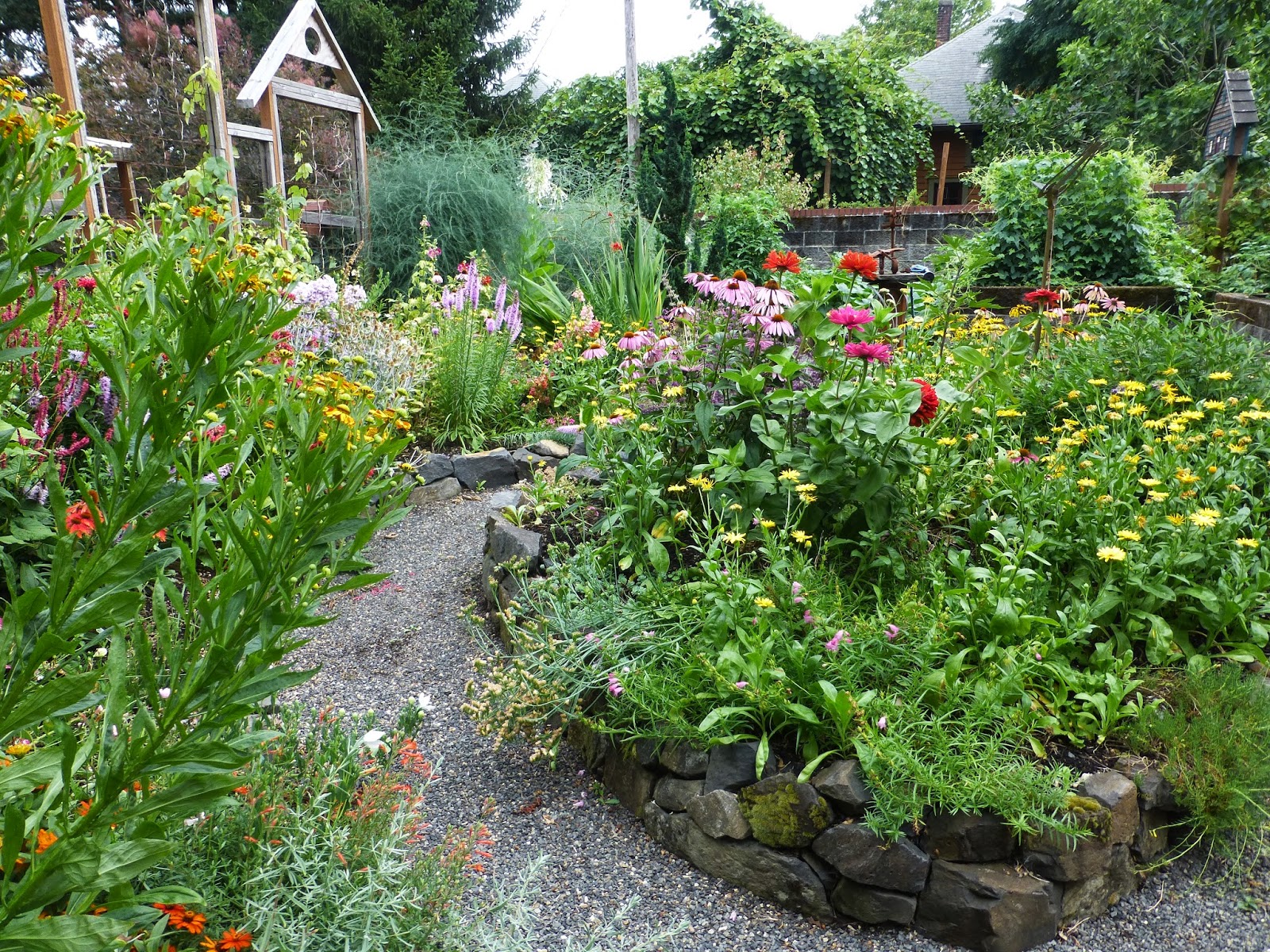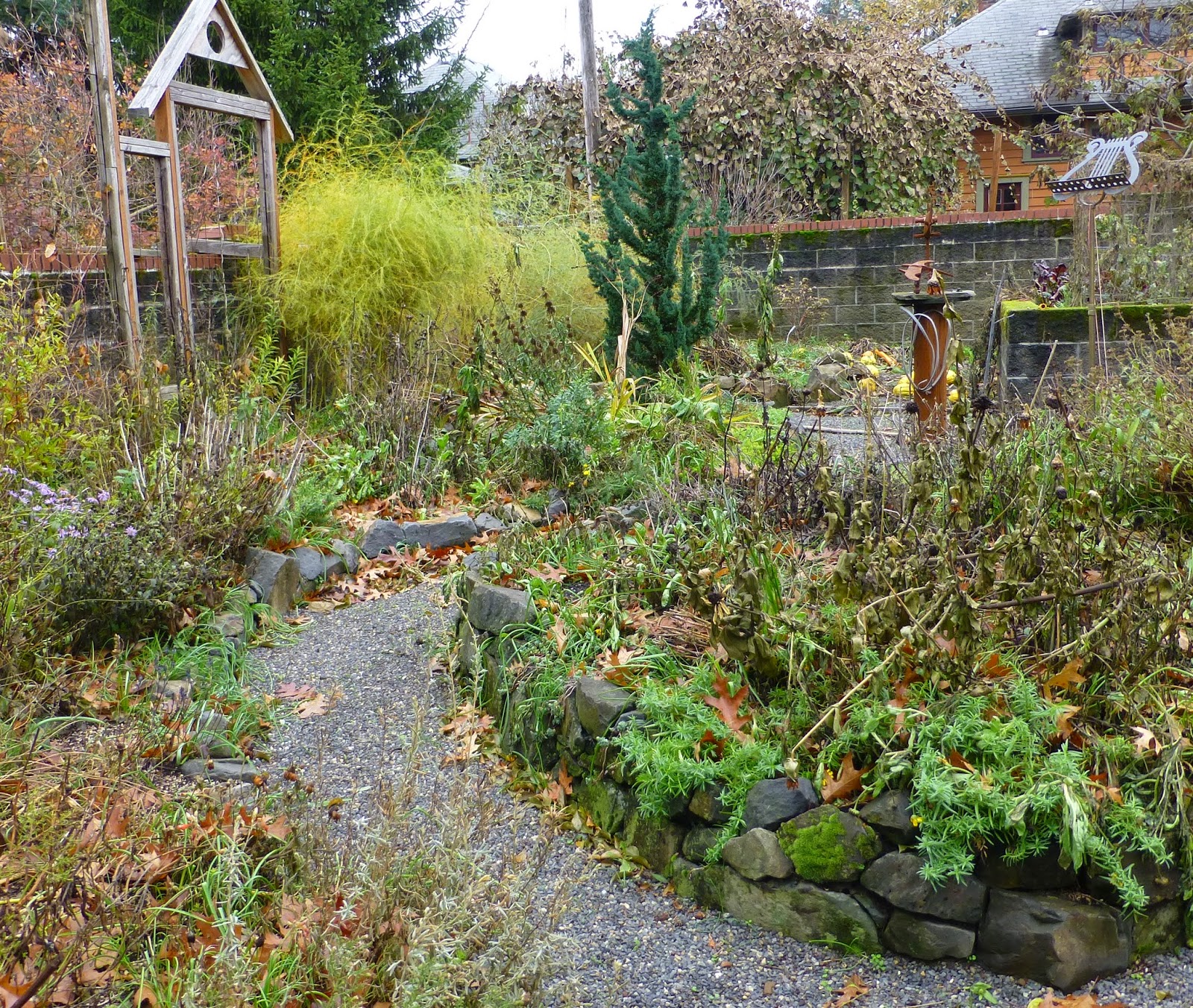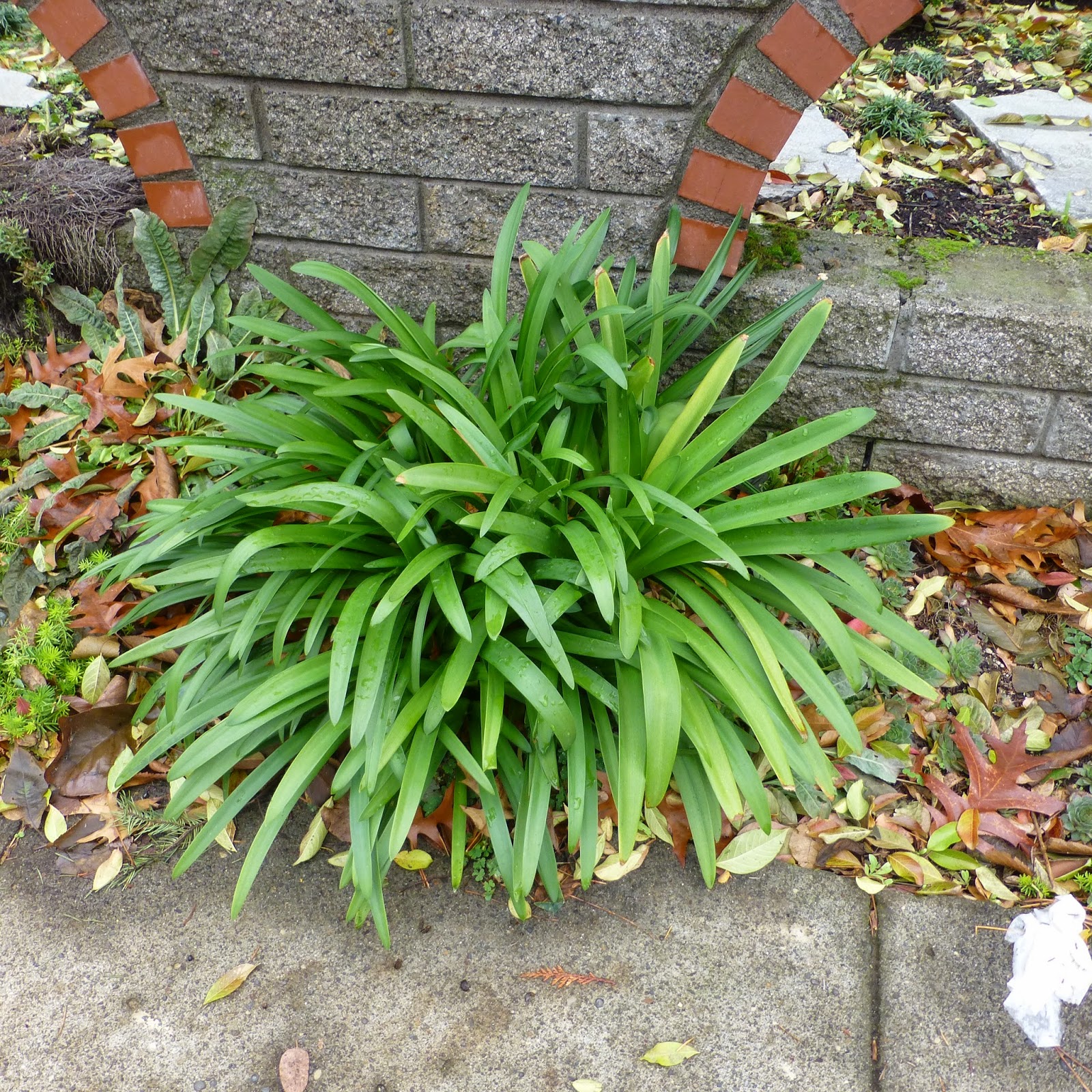I have this little weather app on my phone. It’s been pretty reliable. And that is how I learned that we were about to dip below freezing. I stood at the back door and looked out at my garden. Flowers and tomatoes were sparse, but everybody looked plump and green and contented. The next day, they would all look like something that’s been in the back of the refrigerator for a year. It’d be a massacre. It was like looking at a passel of pink pigs lined up outside Hormel.
Plants, most of them, can’t get out of the way of an arctic blast. They are famously stationary. They might flap around a bit, but they’ve basically got their feet in a bucket of concrete, and winter comes on like the deep dark sea. Some of them have ways of coping. They might have nastic movements, which is not what you’re thinking it is. A nastic movement is one that is triggered by something like sunlight or cold. All their little cells are lined up like subway tiles and as each cell shrugs or slouches or stretches in response to a stimulus, the whole apparatus moves admirably. The sunflower tracks the sun across the sky. The rhododendron curls its leaves inward and toward the ground, reducing transpiration. That’s about the extent of it, for plants. Mostly they have to stay put and take what comes.
For the non-hardy plants in my garden, they’re not going to take it well. They’re going to turn into snot. What was giving them such good posture all those months was their cell walls, and once the goo inside the cell freezes up, it busts the walls apart, and your plant has all the bodily integrity of pudding. All those plants do just fine in warmer climes. You get far enough south, your lantanas grow to be the size of Volkswagens. But up here, they hit the freezing point and they take to their beds with the vapors. “I swan,” they drawl briefly, and then it’s game over.
But what are those other plants doing–the ones that sail right through the winter? Most of them concentrate sugars in the spaces between the cells, and that acts like antifreeze. In fact this ploy can take some plants down to -40 degrees (that’s Fahrenheit–and Celsius is even worse). The plants that survive below that are dehydrating, evacuating water from their cells, and what remains inside is basically jam. It’s the same thing Norwegians do, only they replace their body fluids with butter.
The wood frog has the same idea. A better idea might have been to live south of Alaska like a normal frog, but the wood frog is a non-conformist. He sugars up his cells and goes right ahead and freezes, stuck in the pond mud. The wood frog is, for several months of the year, basically a puck. And then when he thaws out, he reconstitutes his former glory bit by bit until he can hop away. Takes upwards of 24 hours and he’s good as new. He doesn’t much feel like having sex for a while longer, but eventually he gets a notion.
My Agapanthus plants are the ones that surprised me most. They’re really not supposed to be hardy here. But they still look fine, all fat and fleshy, unless it gets really cold, like it did last winter. Then they turn into snot. But they store their secrets and passwords in fine stout roots, and the next spring they pop out again, although they won’t flower; if they have a mild winter after that, they’ll flower the next year. So they’re just like the wood frog when it comes to sex. They don’t want it quite yet, but just you wait.
My heart twists a little for those innocent tender plants in my garden, who don’t know what’s about to hit them. But then I realize: they’re not like us. They don’t have grief. Because they don’t have existential dread.
Because they don’t have an app.



A woman I know complained that her phone hadn't told her it was raining. Another told her, "you used the wrong app. I used my kitchen window."
I think we have to trust the app around here. One day Dave reported a great rain squall out the front window and it was sunny and bright out the kitchen window. We had to walk out the front door and around to the back just to see where the division was.
Mine, too, Murr. They didn't know what hit them, and that's a mercy. 🙂
I, too, would prefer to go out with a shovel to the back of the head while I'm looking at the sunset.
Just so you know, – 40 degrees is the SAME Celsius or Fahrenheit. It is the one place where the two thermometers converge.
That is so CLEVER of them! What won't they think of next?
Dang. Sculptor1 stole my fact.
Only one fact to a customer, ma'am…move along now…
Although it gives me the opportunity to point out my point, which is that Celsius is colder ALL THE WAY DOWN THE LINE than Fahrenheit.
"It's the same thing Norwegians do, only they replace their body fluids with butter." And a little Aquavit to keep the butter lubed up properly.
Only a Norwegian would think that butter needed lubing up.
Aquavit ought to keep cells from freezing provided the toxic point is below that.
I didn't inherit the Aquavit part of my Norwegian heritage. Nor the lutefisk part. I'm cool with the krumkake and lefse and fattigmann parts.
This comment has been removed by the author.
Those frogs give me hope for human cryonic reconstitution, wondrous little hoppers that they are. Until then, I prefer the Norwegian method of all butter all the time.
I learn so much here, and in the process of researching in order to comment here (I'm not the only one who does research before commenting, right?). Today, because of your post and through spellcheck and wikipedia, I learned that cryogenics and cryonics are different things and that I've been spelling Norwegian wrong all these years.
Well, shoot. Don't beat yourself up about that. Your typewriter probably doesn't have the little slashes and circles to decorate the alphabet with.
As your garden turns to snot, ours is turning to crispy critters. And the strongest (and probably the least expensive) will do a Lazarus and come back from the dead next year.
I first heard about the popsicle frog earlier this week – and was amazed. Sugar isn't always a bad thing…
I couldn't find a video of the thawing frog that was short enough for this place, but you can look one up on youtube. Cool to see the eyeballs sort of popping out. Blinkblink.
The plants may be famously stationary, but your mind is not.
You write like a whip on horseback.
Pearl
Dang, there's an image! If only I could talk or think that way.
"a passel of pink pigs lined up outside Hormel." *snort*
Loves me some snorts.
I was given a little potted plant as a present for my apartment in New York. It was a pale green, with a thin stem that ended with a single leaf. I don't remember what it was supposed to grow into. I had to stay away from home for more than a week longer than I expected to, and when I came home I realized that it hadn't been watered in way longer than nature intended. The stem had turned horizontal right at dirt level, went straight to the edge of the pot, traced the up, over and down of the lip, then hung vertically to the surface the pot was on, where it turned horizontal with just enough left of it to lay out its leaves flat. I've always regretted that.
Aw, sweetie. I think you can be executed for that in Texas, as long as you're mentally ill.
I see. Sugaring up the cells is a GOOD thing.
Pass the sugar bowl please. (*~*)
Maple sugar. Mmm. If it isn't good for you, some divine personage is one horrible jokester.
PS, we have a similar frog thing out here in Australia; during droughts there is a type of frog that buries itself in the creek beds and river banks and remains dormant for a very long time, until the rains come again. I some areas of Australia that could be years. You'd be traveling through what appears to be totally empty land and if it happens to rain enough or at all, you could wake up to a chorus of frog calls.
(There have been stores of school age children being terrified of rain because they had never seen any before.)
Wow! So I'm assuming that's a Drought Frog? God, I love Life.
And I can't imagine how those children could survive an Oregon November!
"stores??" hmm! that would be stories..
I read it that way…it's amazing I ever catch any of my own typos.